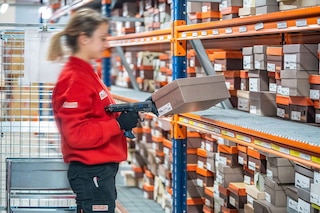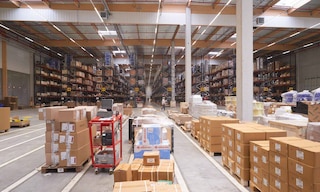Order Fulfilment
Boost productivity and seamless operations with a customized order management system. See how implementing a retrieval & distribution process will ensure efficiency & accuracy in your facility.
-
-

First mile delivery: the start to a successful shipment
-
Picking list: an example applied to the warehouse
-

Order processing: the key to efficient operations
-

GS1-128 barcodes in logistics
-

What is drop shipping? A logistics view
-

Augmented reality applications for warehouse logistics
-

Pick-to-cart: when should I use it?
-

Lock stock and picking: main order fulfilment methods
-

Pick lists for an error-free warehouse
-

Logistics packaging: how to optimise the process
-

Safer manual picking for operators and goods
-

Voice picking systems: everything you need to know
-

Kitting: optimising assembly in the warehouse
-

D2C: advantages of direct-to-consumer sales
-

Groupage: definition and applications in logistics
-

Picking and packing: what's the difference?
-

Batch picking: when should I use it in my warehouse?
-

How to optimise picking processes in e-commerce: key strategies
-

When wave picking applies
